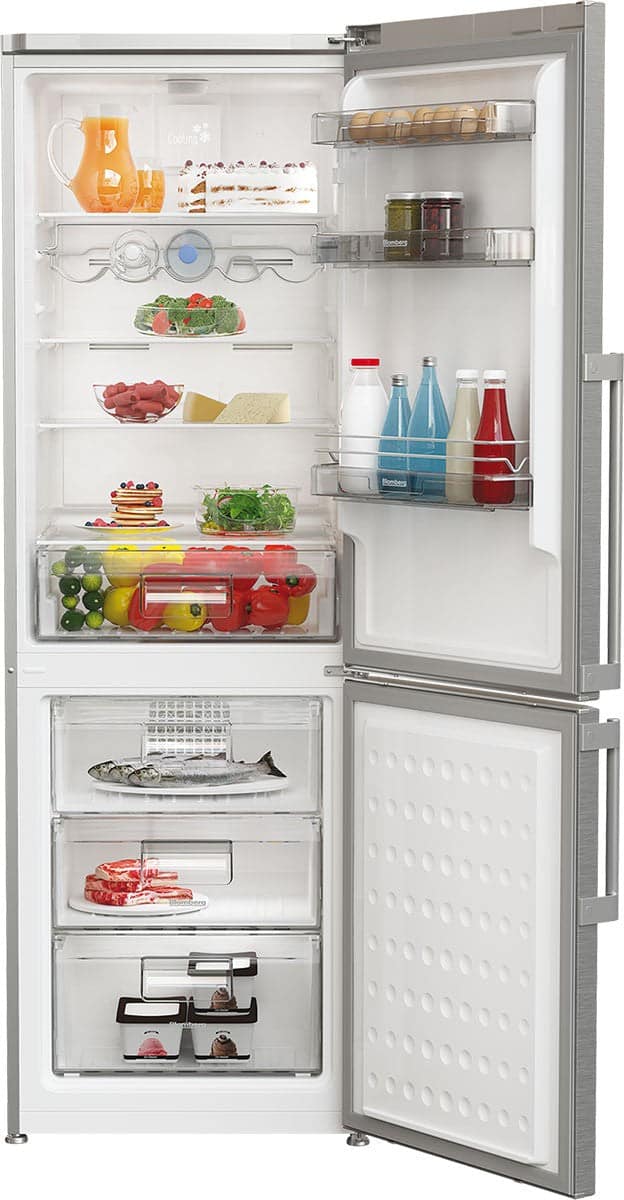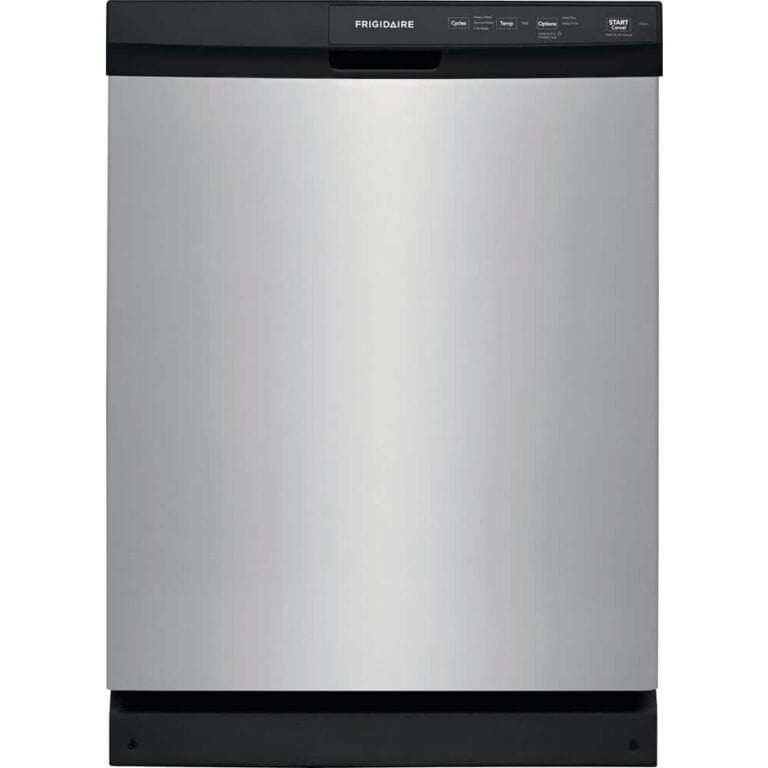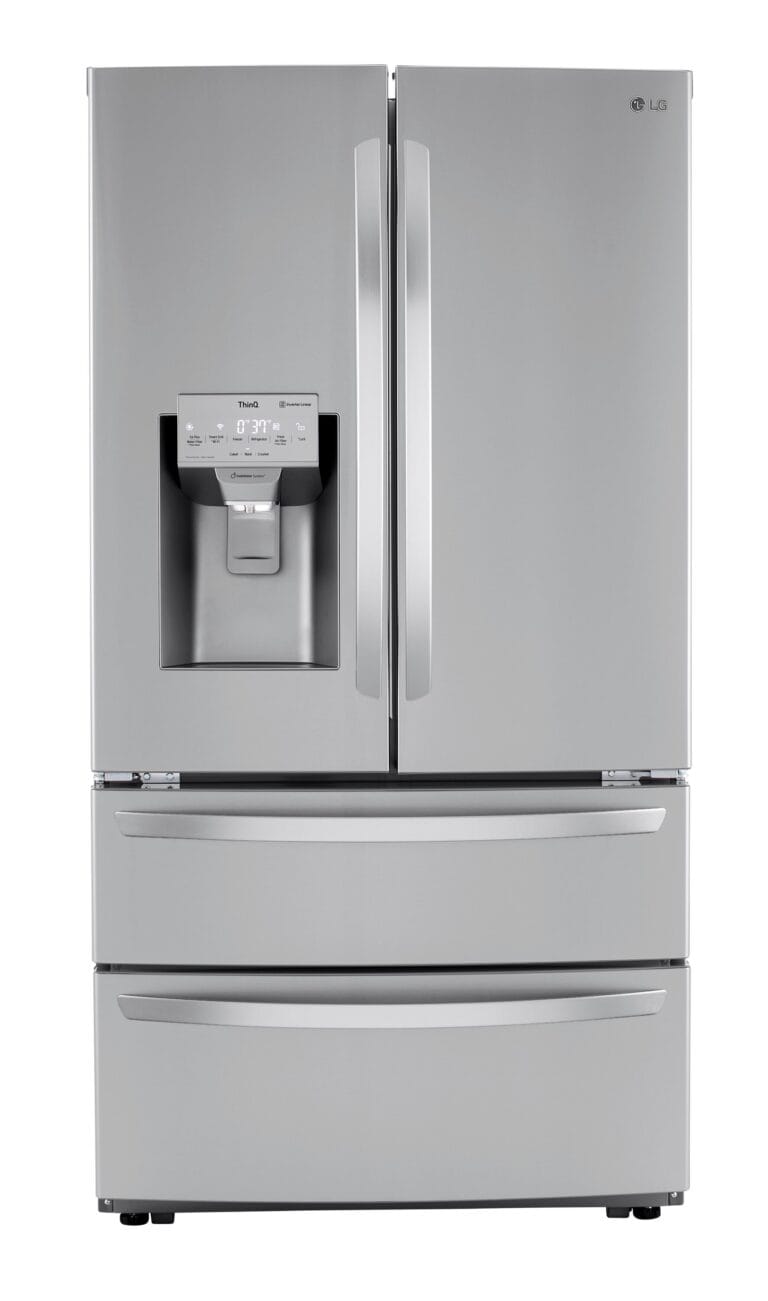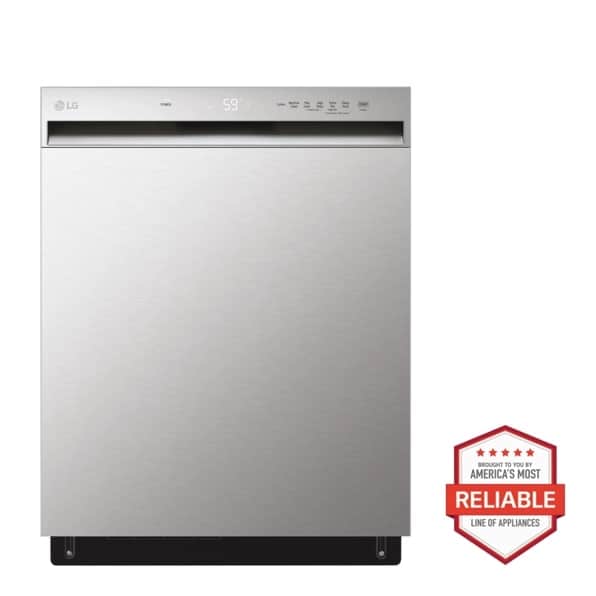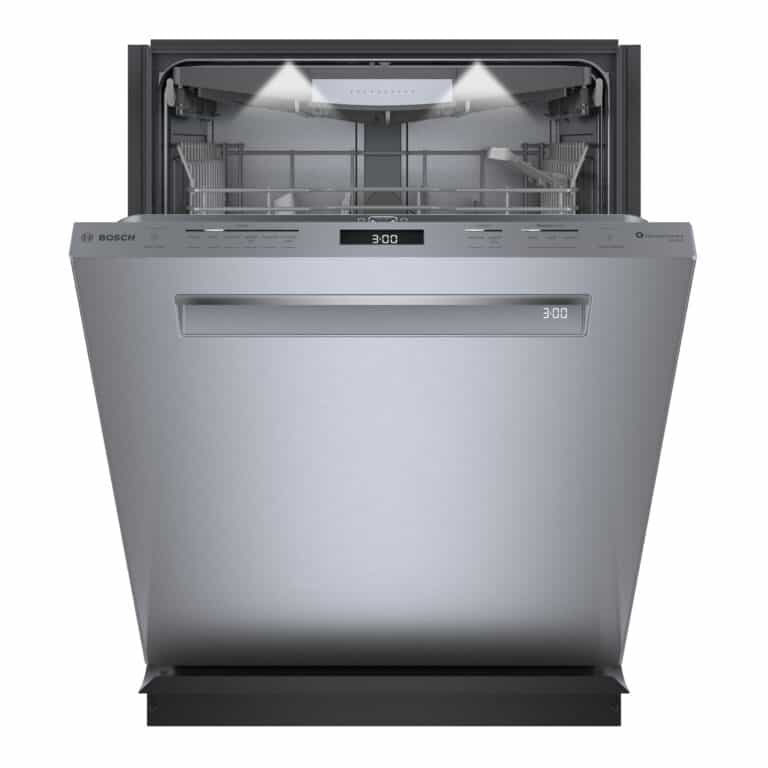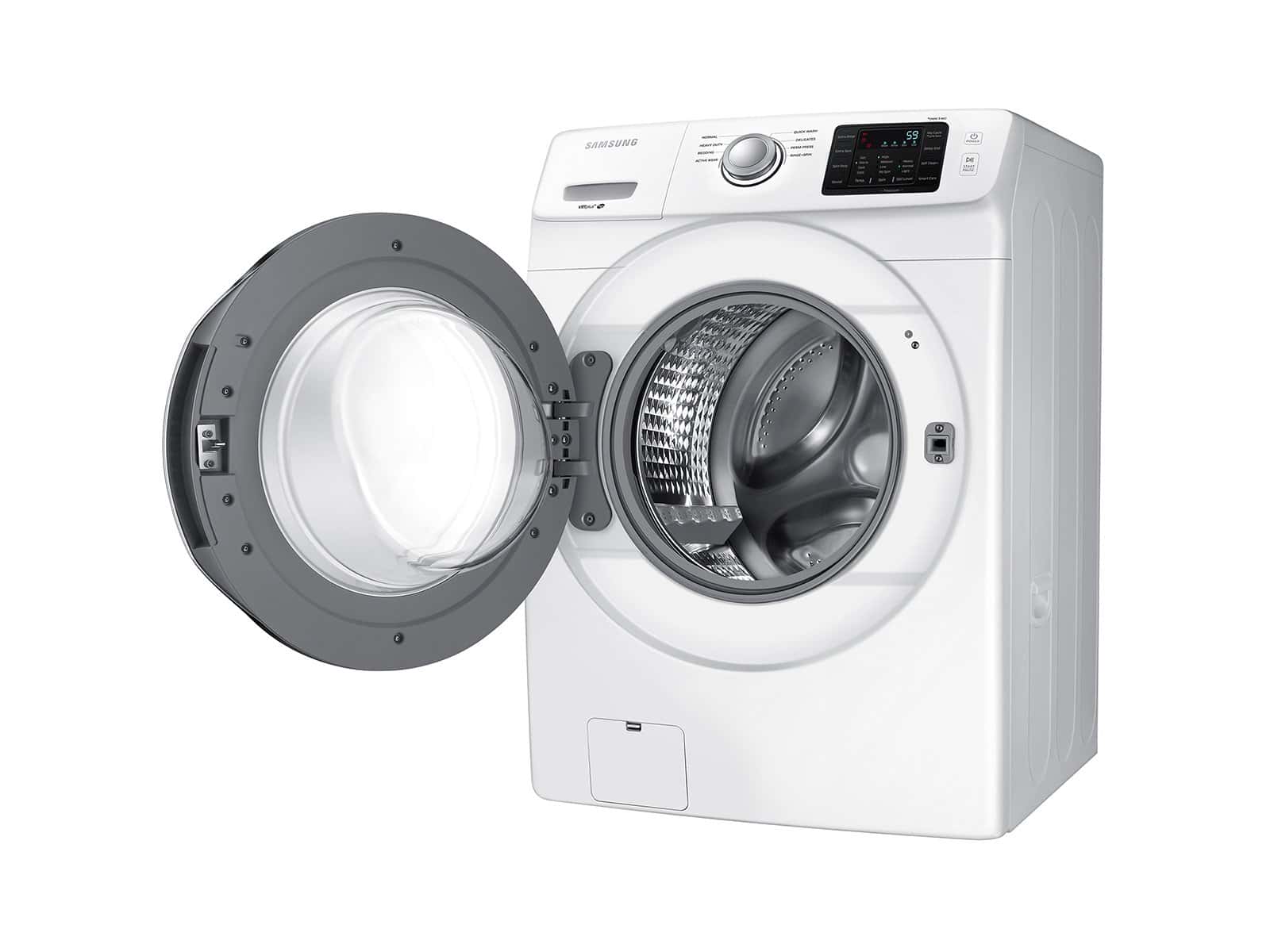
The SE error on Samsung washing machines often indicates a drainage problem. To fix this issue, start by checking and cleaning the drain hose and filter. These components can become clogged with debris, preventing proper water drainage.
Resetting the washer is another effective solution. Unplug the machine for a few minutes, then plug it back in and press the start button. This simple step can often resolve the SE error code.
If these quick fixes don’t work, inspect the drain pump for obstructions or damage. A malfunctioning pump may need replacement. Regular maintenance, such as cleaning the filter and checking hoses, can help prevent future SE errors.
Troubleshooting the SE Error on Samsung Washing Machines
A “SE” or “5E” error code on your Samsung washing machine indicates a problem with the water supply or drainage. This error can be frustrating, but you can often resolve it without calling a technician. Follow these troubleshooting steps to fix the SE error on your Samsung washing machine.
1. Check the Water Supply Hoses
- Kinks or blockages: Inspect the water supply hoses for any kinks, bends, or blockages that may restrict water flow. Straighten any kinks and remove any blockages.
- Water pressure: Ensure adequate water pressure from your home’s water supply. Low water pressure can trigger the SE error. Check other faucets in your home to confirm water pressure.
- Frozen hoses: In cold climates, water supply hoses can freeze. If you suspect frozen hoses, thaw them carefully using a warm towel or hairdryer. Caution: Do not use boiling water, as this can damage the hoses.
2. Inspect the Water Inlet Filters
The water inlet filters, located where the hoses connect to the washing machine, can become clogged with debris.
- Turn off the water supply: Locate the water supply valves behind the washing machine and turn them off.
- Disconnect the hoses: Carefully disconnect the water supply hoses from the washing machine.
- Clean the filters: Use a small brush or pliers to remove and clean the filters. Rinse them thoroughly with water.
- Reconnect the hoses: Reattach the hoses and turn the water supply back on. Check for any leaks.
3. Examine the Drain Hose
- Clogs: Check the drain hose for any clogs or blockages. Remove any debris that may restrict water drainage.
- Height: Ensure the drain hose is positioned at the correct height. The drain hose should be higher than the water level in the washing machine to prevent siphoning. Refer to your washing machine’s manual for the proper drain hose height.
4. Check the Water Level Sensor
The water level sensor detects the amount of water in the washing machine. A malfunctioning sensor can cause the SE error.
- Location: The water level sensor is usually located near the bottom of the washing machine. You may need to remove the front panel to access it. Refer to your washing machine’s manual for its exact location.
- Inspection: Inspect the sensor for any damage or debris. Clean the sensor carefully with a soft cloth. If the sensor is damaged, you may need to replace it.
5. Test the Drain Pump
- Run a spin cycle: Try running a spin cycle on your washing machine. This will help determine if the drain pump is working correctly.
- Listen for noise: Listen for any unusual noises coming from the drain pump. If the pump is not working, you may need to replace it.
6. Check the Control Board
In some cases, the SE error may be caused by a problem with the washing machine’s control board. If you have tried all the other troubleshooting steps and the error persists, the control board may need to be inspected or replaced by a qualified technician.
7. Contact Samsung Customer Support
If you have tried all the troubleshooting steps and still cannot fix the SE error, contact Samsung customer support for assistance. They can provide further guidance or schedule a service appointment.
Samsung Washing Machine Maintenance Tips
Regular maintenance can help prevent errors like the SE code and prolong the life of your Samsung washing machine.
- Clean the washing machine regularly: Use a washing machine cleaner or a mixture of baking soda and vinegar to clean the drum and internal components.
- Check the hoses and filters: Inspect the water supply hoses and filters regularly for any signs of wear and tear or blockages.
- Leave the door slightly ajar: After each wash cycle, leave the washing machine door slightly ajar to allow moisture to evaporate and prevent mold growth.
- Use the correct detergent: Use only high-efficiency (HE) detergent in your Samsung washing machine.
- Level the washing machine: Ensure your washing machine is level to prevent excessive vibration and noise.
- Schedule professional maintenance: Consider scheduling professional maintenance for your washing machine every few years to ensure optimal performance.
Key Takeaways
- Clean the drain hose and filter to resolve most SE errors
- Reset the washer by unplugging it for a few minutes
- Perform regular maintenance to prevent future drainage issues
Understanding SE Error on Samsung Washing Machines
The SE error on Samsung washing machines indicates a drainage issue. This common problem can stem from various causes and requires specific troubleshooting steps.
Decoding the SE Error Code
SE error code signals that water is not draining properly from the washing machine. On some Samsung models, this error may appear as 5E. The machine displays this code when it detects water remaining in the drum after the drain cycle. This error prevents the washer from continuing its normal operation to protect internal components from water damage.
Samsung washing machines use sensors to monitor water levels. If these sensors detect excess water, the SE code appears. The error can occur during any cycle but is most common after the spin phase. Addressing this issue promptly is crucial to prevent potential damage and ensure proper washing machine function.
Common Causes of SE Error
Several factors can trigger the SE error on Samsung washers:
- Clogged drain hose
- Kinked or bent drain pipe
- Blocked drain pump filter
- Faulty drain pump
- Malfunctioning water level sensor
A clogged drain hose is the most frequent cause. Lint, small objects, or debris can accumulate over time, impeding water flow. Checking and cleaning the drain hose is often the first troubleshooting step.
Kinked or bent drain pipes can also restrict water flow. Ensure the pipe is straight and free from obstructions. The drain pump filter can collect debris, blocking water drainage. Regular cleaning of this filter helps prevent SE errors.
In some cases, a faulty drain pump or malfunctioning water level sensor may be the culprit. These issues typically require professional diagnosis and repair.
Step-by-Step Troubleshooting Guide
The SE error on Samsung washing machines often relates to drainage issues. This guide outlines key steps to identify and resolve the problem.
Checking the Drain Hose
Start by examining the drain hose. Ensure it’s not kinked, bent, or twisted. A kinked hose can impede water flow, triggering the SE error.
Straighten the hose if necessary. Check for any visible blockages or debris inside the hose. Clean it out if needed.
Verify the hose is properly connected to both the washer and the drain pipe. A loose connection can cause drainage problems.
Ensure the drain hose isn’t inserted too far into the standpipe. This can create a siphoning effect, leading to drainage issues.
Inspecting the Drain Pump and Filter
The drain pump and filter are crucial components for proper drainage. Begin by locating the pump filter access panel, usually at the front bottom of the machine.
Place a shallow pan under the filter to catch any water. Slowly unscrew the filter cap and remove it.
Clean out any debris, lint, or small objects trapped in the filter. Rinse it thoroughly under running water.
Check the pump impeller for obstructions. Spin it manually to ensure it moves freely.
Replace the filter and tighten the cap securely. Run a test cycle to see if the SE error persists.
Evaluating the Water Level Sensor
The water level sensor monitors the water in the machine. A faulty sensor can trigger the SE error.
Locate the sensor, typically near the top of the wash tub. Inspect it for any visible damage or debris.
Clean the sensor gently with a soft cloth. Ensure it’s not obstructed by clothing or detergent residue.
Check the wiring connections to the sensor. Loose or corroded connections can cause malfunction.
If these steps don’t resolve the issue, the sensor may need replacement. Consider contacting a professional technician for further diagnosis and repair.
Maintenance Tips to Prevent SE Errors
Regular maintenance and proper usage can significantly reduce the risk of SE errors in Samsung washing machines. These practices help keep the drainage system functioning optimally and prevent clogs.
Regular Cleaning of Drain System
Clean the drain filter monthly to prevent debris buildup. Locate the filter access panel at the bottom front of the washer. Place a towel underneath to catch water. Unscrew the filter cap and remove any lint, coins, or other objects. Rinse the filter thoroughly under running water.
Check the drain hose for kinks or blockages. Straighten any bends and clear obstructions. Ensure the hose is not inserted too far into the standpipe, as this can cause siphoning issues.
Inspect the pump impeller for damage or debris. Access it by removing the filter and reaching inside the opening. Clear any foreign objects that may impede its rotation.
Run an empty hot water cycle with vinegar monthly. This helps dissolve soap scum and mineral deposits in the drainage system.
Proper Usage and Loading
Avoid overloading the washer. Follow the manufacturer’s capacity guidelines. Overloading can strain the drainage system and lead to poor water circulation.
Use the correct amount of detergent. Too much soap creates excess suds, potentially clogging the drain. Measure detergent according to load size and soil level.
Sort laundry properly. Wash heavy items separately from lighter ones. This prevents uneven distribution and drainage issues.
Check pockets before washing. Remove small items that could clog the drain or damage the pump.
Use mesh laundry bags for delicates. This prevents small items from entering the drainage system.
Further Steps and User Manual Reference
Addressing the SE error on Samsung washing machines often requires detailed knowledge and specific procedures. The user manual provides valuable information, while Samsung support offers expert assistance for complex issues.
When to Consult the User Manual
The user manual is a crucial resource for troubleshooting the SE error. It contains model-specific instructions and error code explanations. Users should check the manual for:
- Error code definitions
- Step-by-step troubleshooting guides
- Maintenance schedules
- Part diagrams
The manual may suggest software updates or reset procedures. These can often resolve SE errors without professional help. Regular maintenance, as outlined in the manual, can prevent future occurrences of the SE error.
Contacting Samsung Support
If the user manual doesn’t resolve the SE error, contacting Samsung support is the next step. Samsung offers:
- Phone support
- Online chat
- Email assistance
- In-home service appointments
Support representatives can:
- Provide advanced troubleshooting steps
- Schedule repairs if needed
- Offer warranty information
Users should have their model number and purchase date ready when contacting support. This information helps representatives provide accurate assistance. Samsung may also offer remote diagnostics for some newer washing machine models.
Frequently Asked Questions
Samsung washing machine SE errors can be frustrating, but many solutions exist. Users can often resolve these issues through simple troubleshooting steps or by contacting professional service technicians.
What steps are required to reset the SE error code on a Samsung washer?
To reset the SE error code, unplug the washer for 2-3 minutes. Plug it back in and press the Start button. This often clears the error.
If the error persists, try a factory reset. Press and hold the Delay Start and Soil Level buttons simultaneously until the display shows zeros and the washer chimes.
What causes the SE error to display on Samsung washing machines?
SE errors typically indicate motor or sensor problems. Common causes include:
- Loose wire connections
- Faulty hall sensor
- Malfunctioning motor
- Control board issues
Regular maintenance can prevent many of these problems.
How can one troubleshoot a Samsung washer displaying the SE error code?
Start by checking all connections between the motor and other components. Ensure they are secure.
Next, inspect the hall sensor for damage. This sensor monitors motor activity.
If these steps don’t work, the motor or control board may need replacement. Professional help is recommended for these repairs.
Is there a method to clear a Samsung washing machine’s drain hose when an SE error occurs?
Yes. First, unplug the washer. Locate the drain hose at the back of the machine.
Detach the hose and check for clogs. Remove any obstructions found.
Flush the hose with water to ensure it’s clear. Reattach the hose securely before plugging the washer back in.
What is the procedure to force a reset on a Samsung washer with an SE error blinking?
To force a reset:
- Unplug the washer for 1 minute.
- Plug it back in and open the door.
- Press and hold the Start/Pause button for 5 seconds.
This should initiate a forced reset and may clear the SE error.
How can the 5e error on a Samsung washer be resolved?
The 5E error is the same as SE on some models. Check the drain hose for kinks or clogs.
Ensure the washer is level. An unbalanced machine can cause drainage issues.
Clean the drain pump filter. This filter can accumulate debris over time, leading to errors.
If these steps don’t work, the drain pump may need replacement.

